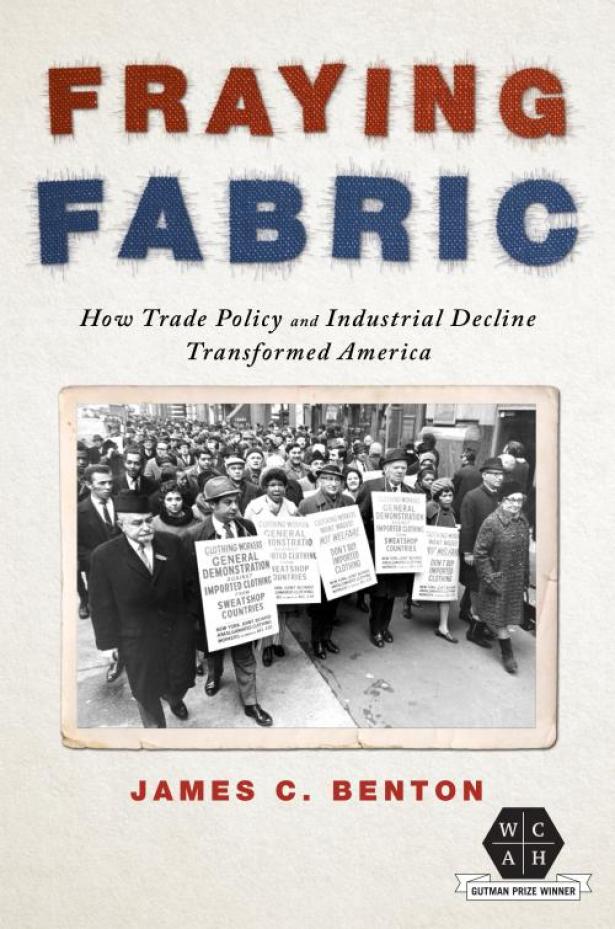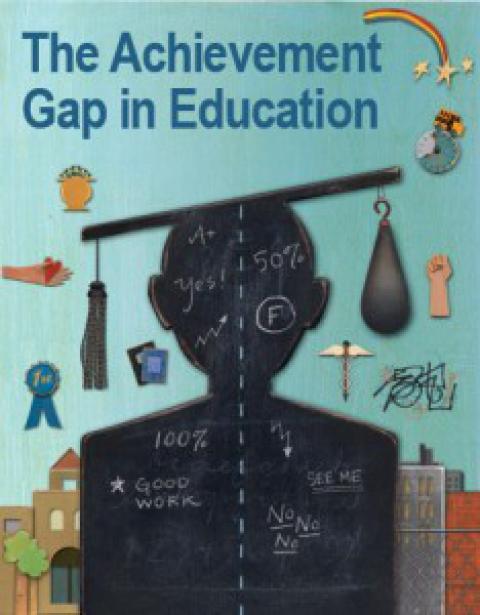Fraying Fabric: How Trade Policy and Industrial Decline Transformed America
The New York Labor History Association

This new book is a history of the struggle over trade policy, and the impact of trade policy on U.S. society, from 1974 to the present.









Spread the word